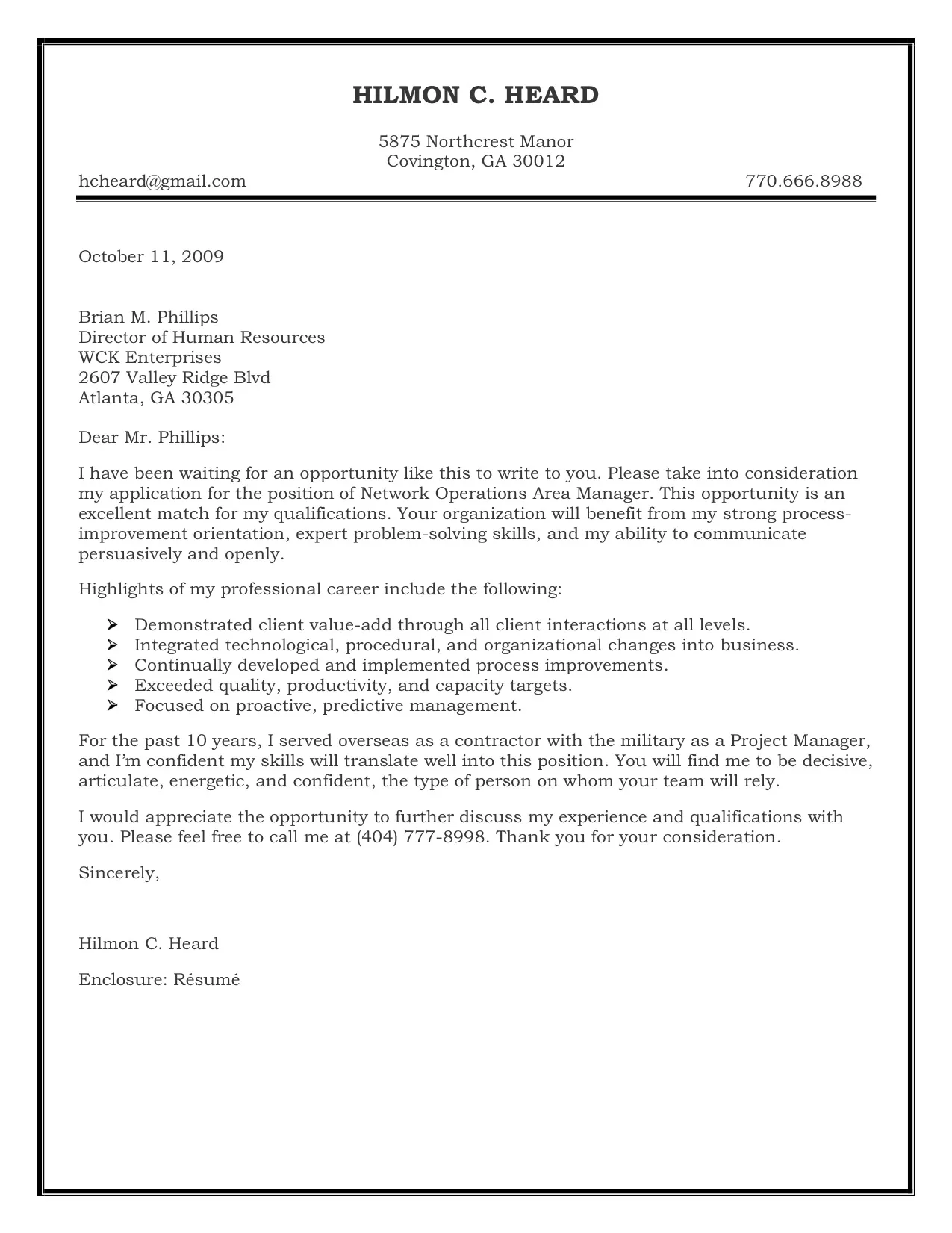What is a Cover Letter and Why You Need One
A cover letter is more than just a formality it’s your first impression. It’s your chance to introduce yourself to a potential employer and demonstrate why you’re the perfect fit for the job. While your resume provides a snapshot of your skills and experience, the cover letter allows you to tell your story. It gives you the space to articulate your passion for the role, highlight your relevant qualifications, and explain why you’re interested in the company. In a competitive job market, a well-crafted cover letter can be the deciding factor in whether your application gets noticed or ends up in the rejection pile. Many hiring managers expect a cover letter to be submitted with the resume. Not including a cover letter may show lack of care and attention to detail, qualities that many employers seek.
The Cover Letter’s Primary Goals
The primary goals of a cover letter are multifaceted. First, it’s about capturing the hiring manager’s attention. In a stack of applications, you want your letter to stand out from the crowd. Next, it should clearly state your interest in the position and the company, showcasing your genuine enthusiasm. Your cover letter should also highlight the most relevant skills and experiences that align with the job requirements. By doing so, you make it easy for the hiring manager to see you as a qualified candidate. Finally, a cover letter is a platform to show your personality and communication skills. A well-written cover letter is concise, compelling, and reflects your unique voice, providing a glimpse into your professional style.
Secret 1 Tailoring Your Cover Letter
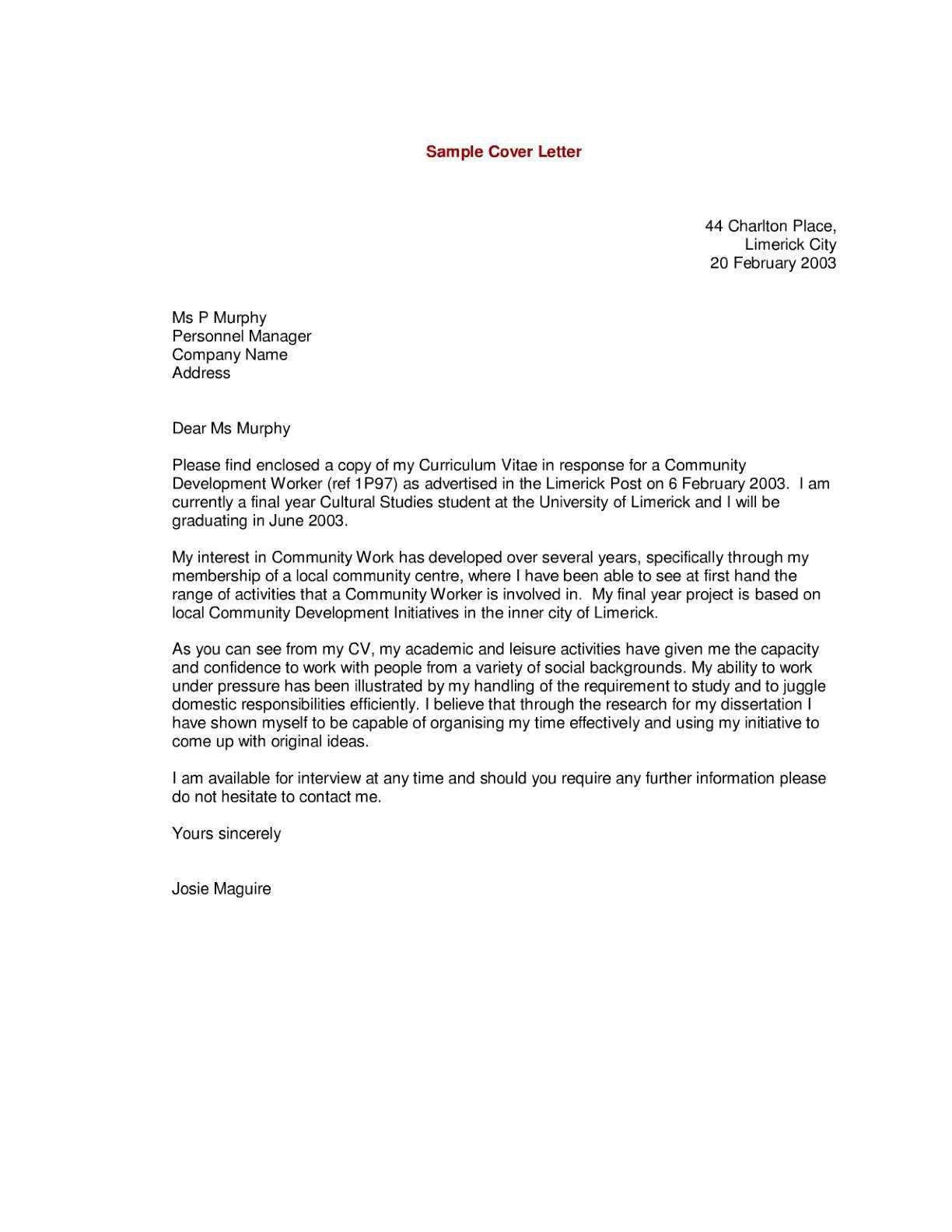
Generic cover letters are a major turn-off for employers. They can often tell that you have not spent time researching the company or the position. A tailored cover letter, on the other hand, demonstrates that you’ve done your homework and are genuinely interested in the specific role. This level of personalization signals to the hiring manager that you’re not just sending out mass applications but are genuinely interested in this opportunity. Customization is crucial for making a strong first impression and increasing your chances of getting an interview.
Why Tailoring is Key
Tailoring your cover letter is key because it shows that you understand the specific needs and requirements of the job and the company. Employers want to know why you are interested in their company, not just any company. It allows you to directly address the job description’s key requirements, making it immediately apparent that you possess the necessary qualifications. By aligning your skills and experiences with the job’s needs, you increase your chances of getting noticed and moving to the next stage in the hiring process. When you tailor your cover letter, you communicate that you care enough to put in the effort.
How to Research the Company
Researching the company is a critical step in tailoring your cover letter. Start by visiting the company’s website and reading their ‘About Us’ section. Explore their mission, values, and recent news or press releases. Use LinkedIn to research the company’s employees and gain insights into the company culture. Look for the hiring manager’s name to address the letter to them. If possible, read industry publications or articles related to the company to understand their current projects and challenges. This research not only helps you tailor your letter but also gives you valuable information to discuss during an interview.
Secret 2 Showcasing Your Achievements
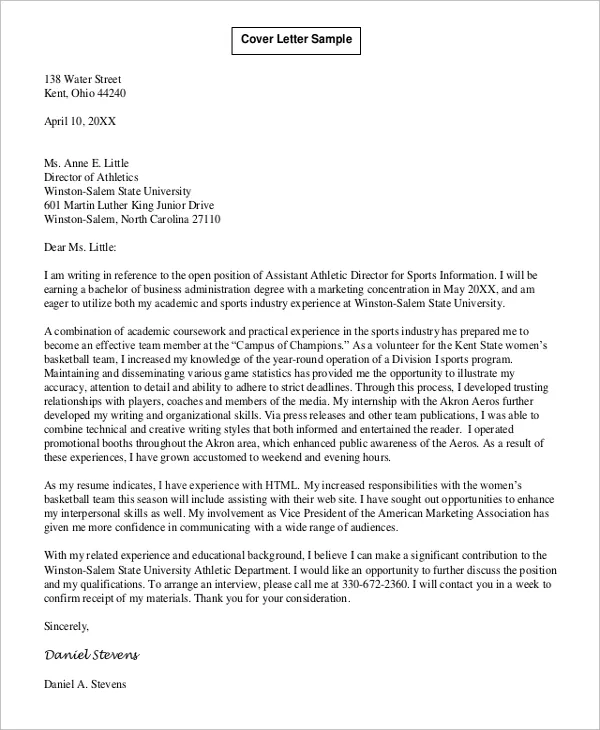
Highlighting your achievements is far more impactful than simply listing your responsibilities. Employers want to see what you have accomplished in past roles and how your contributions have benefited your previous employers. Instead of stating what you did, focus on the results you achieved. This helps the hiring manager to visualize your capabilities and potential contributions to their company.
Quantify Your Accomplishments
Quantifying your accomplishments is an essential element of a compelling cover letter. Use numbers, percentages, and specific data to demonstrate the impact of your work. For example, instead of saying ‘Improved customer satisfaction,’ say ‘Increased customer satisfaction by 15% through implementing a new feedback system.’ Providing measurable results makes your achievements more tangible and credible. Use the STAR method (Situation, Task, Action, Result) to structure your examples, offering a clear narrative of the challenges you faced and the outcomes you achieved.
Using Action Verbs
Action verbs are the backbone of a dynamic cover letter. They bring your achievements to life and make your writing more engaging. Start each bullet point or accomplishment with a strong action verb, such as ‘achieved’, ‘managed’, ‘implemented’, ’led’, or ‘developed.’ Using action verbs demonstrates that you are proactive and results-oriented. For example, ‘Led a team of five in the successful launch of a new product’ is more powerful than ‘Was responsible for the launch of a new product’. The use of action verbs helps to convey the actions you took in achieving a result.
Secret 3 Highlighting Relevant Skills
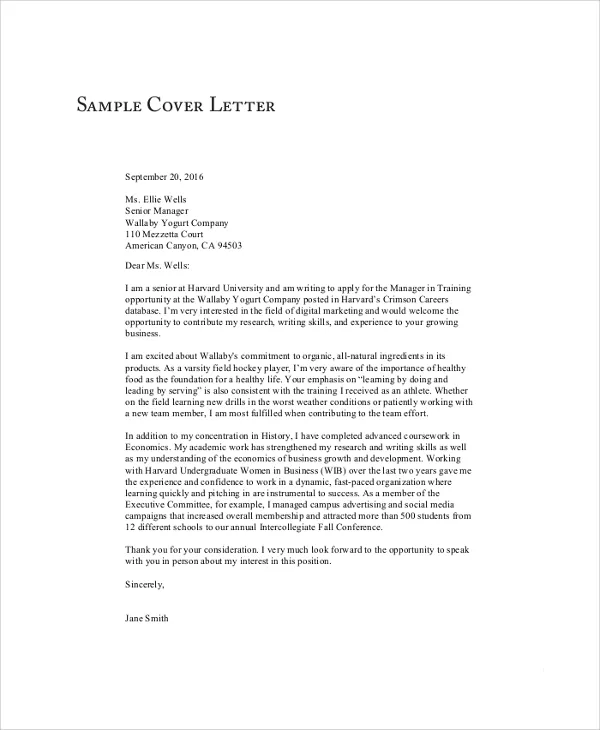
Your cover letter is the ideal place to showcase the skills that make you a strong candidate for the job. Focus on the skills that are most relevant to the position, drawing directly from the job description. This demonstrates that you understand what the employer is looking for and that you possess the necessary qualities to succeed. Make sure to provide concrete examples of how you’ve used these skills in past roles and how you can apply them to this new opportunity. You can use a skills-based approach to showcase your expertise.
Matching Skills to Job Requirements
Carefully review the job description and identify the key skills and qualifications the employer is seeking. Then, tailor your cover letter to highlight how your skills and experiences align with these requirements. Use the same keywords and phrases from the job description whenever possible, but always in a natural and authentic way. Provide specific examples of how you’ve used these skills in previous roles, backed up by quantifiable results. This targeted approach makes it clear that you are a well-suited candidate.
Skill Examples to Use
Consider different types of skills. Include both hard skills and soft skills. Hard skills are specific, measurable abilities, like proficiency in a software program or a technical skill. Soft skills are interpersonal and include communication, teamwork, problem-solving, and leadership. Examples of hard skills include data analysis, project management, and coding, while examples of soft skills include communication, leadership, and problem-solving. When listing skills, be sure to back them up with examples from your past experiences.
Secret 4 Perfecting Your Tone
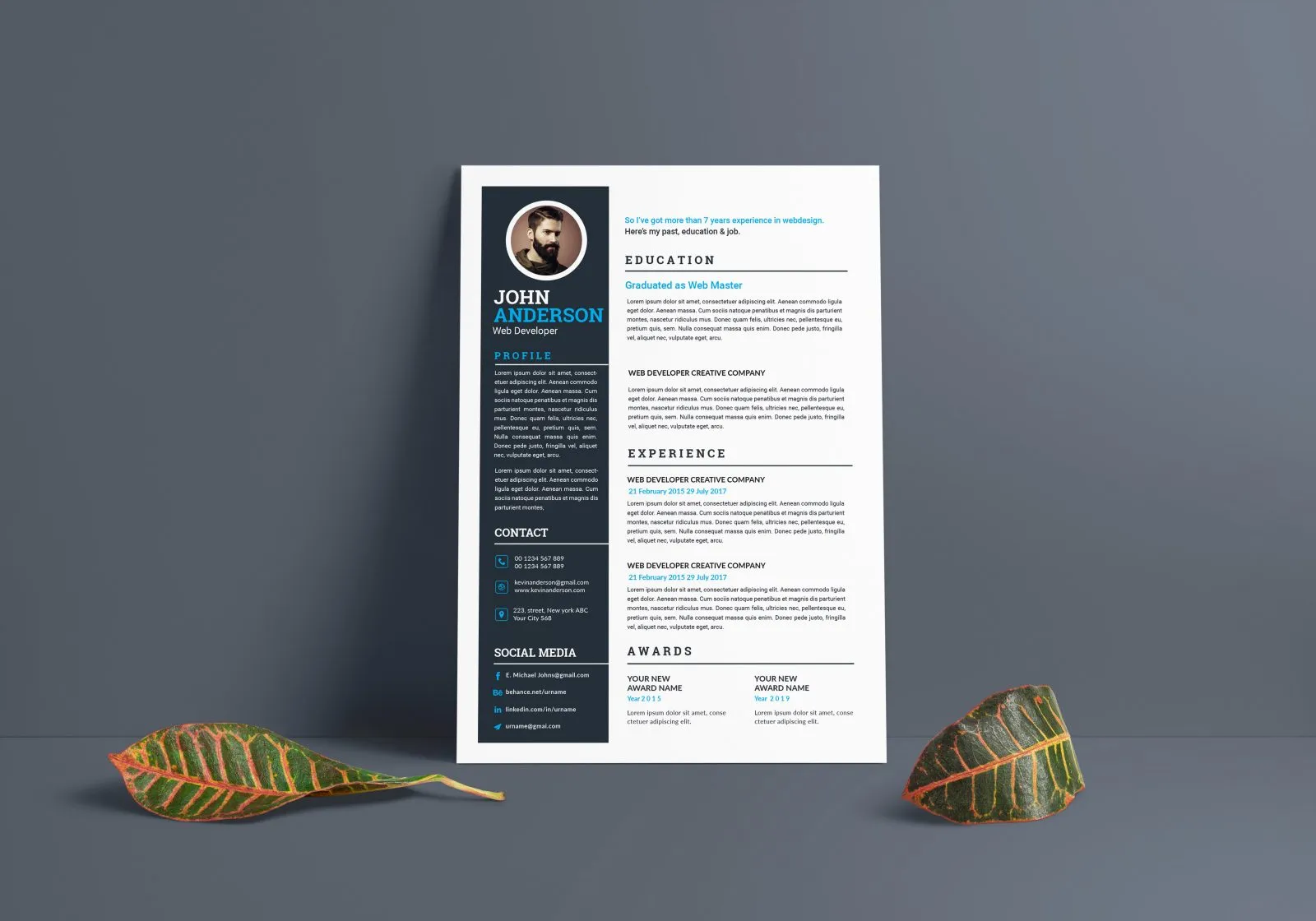
The tone of your cover letter can significantly impact how you’re perceived. It should be professional, enthusiastic, and reflect your personality. Avoid sounding overly casual or arrogant; instead, aim for a tone that is confident and respectful. The best tone is appropriate for the company and the position. The tone you use can show off your communication skills, which are critical in many jobs.
Tone: Professional and Enthusiastic
A professional tone conveys respect for the hiring manager and the company. Use formal language, avoid slang, and maintain a clear and concise writing style. Pair this professionalism with enthusiasm. Show your excitement for the opportunity and your genuine interest in the company. Avoid sounding overly generic or impersonal. Demonstrate that you’ve done your research and are genuinely excited about the prospect of joining their team. The best combination of professional tone and enthusiasm can get you noticed.
How to Avoid Common Tone Mistakes
One of the most common mistakes is sounding too casual or informal. Avoid using slang, abbreviations, or overly familiar language. Another mistake is sounding overly negative or critical. Focus on the positive aspects of your skills and experiences and frame your answers in a way that demonstrates your value. Avoid making demands or appearing entitled. Instead, express your interest in the role and the company and express confidence without being arrogant. Be sure that you have a good grasp of the company culture. The tone should match that culture.
Secret 5 Proofreading and Formatting
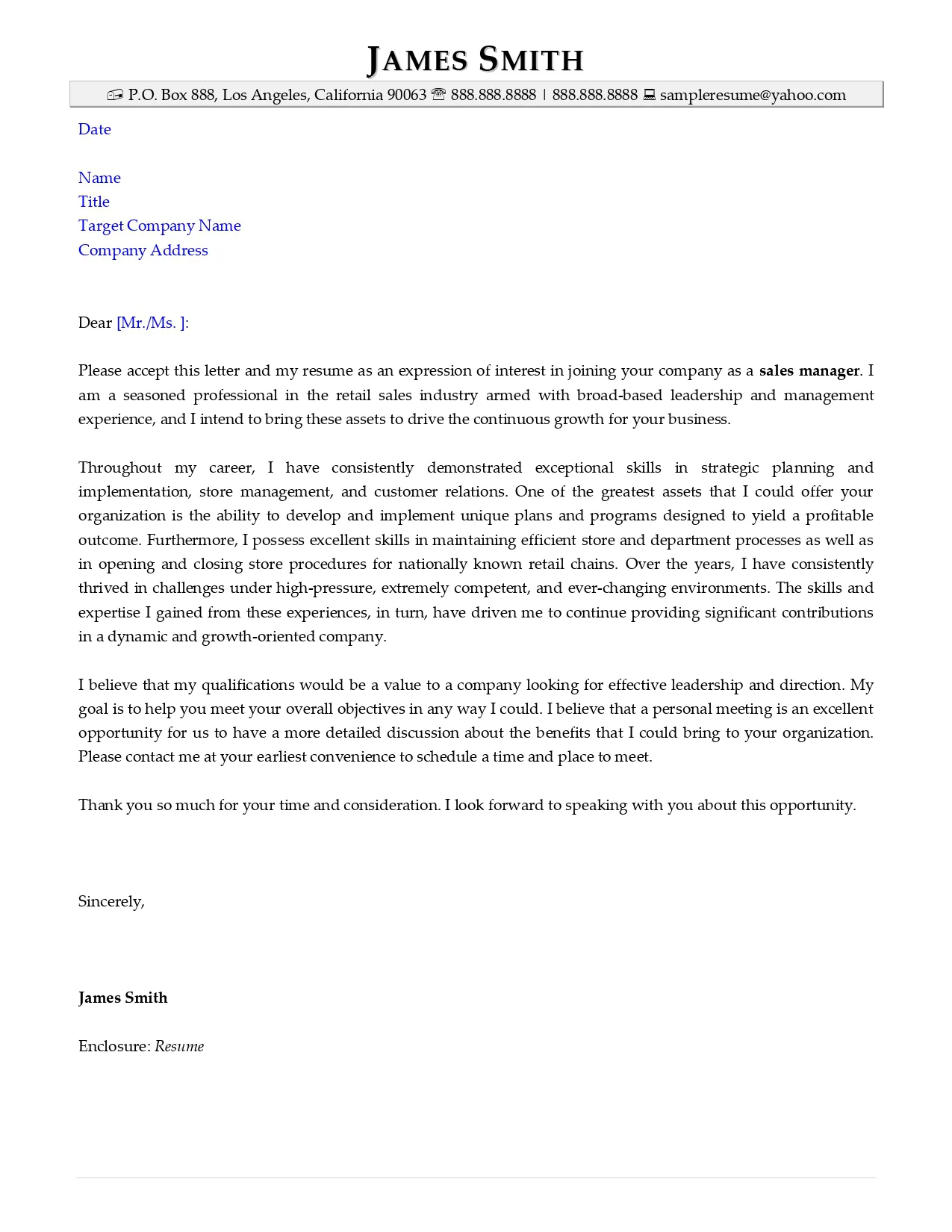
Proofreading and formatting are critical steps that are often overlooked. Errors in grammar, spelling, and formatting can damage your credibility and make you look unprofessional. A well-formatted cover letter demonstrates attention to detail and respect for the recipient. Proofreading is an essential step that should never be skipped.
Formatting Best Practices
Use a clean and easy-to-read font, such as Times New Roman, Arial, or Calibri, in a standard size (11 or 12 points). Keep the formatting consistent throughout the letter. Use proper spacing, including one-inch margins and single-spacing between lines within paragraphs. Use a clear and logical layout, with clear paragraphs and headings to guide the reader. Proofread for any formatting inconsistencies and ensure your cover letter is well-organized and visually appealing.
Common Formatting Errors to Avoid
Common formatting errors include inconsistent fonts and sizes, excessive use of bolding or italics, and poor alignment. Avoid these errors by sticking to a consistent format and proofreading your work carefully. Overly long paragraphs can also be a problem. Keep your paragraphs concise and to the point. Typos and grammatical errors are also a major turn-off. Always proofread your cover letter multiple times. Have someone else review your letter to catch any errors you might have missed. Proofreading and formatting are not just about presentation; they are a reflection of your professionalism.
Final Thoughts on Writing a Great Cover Letter
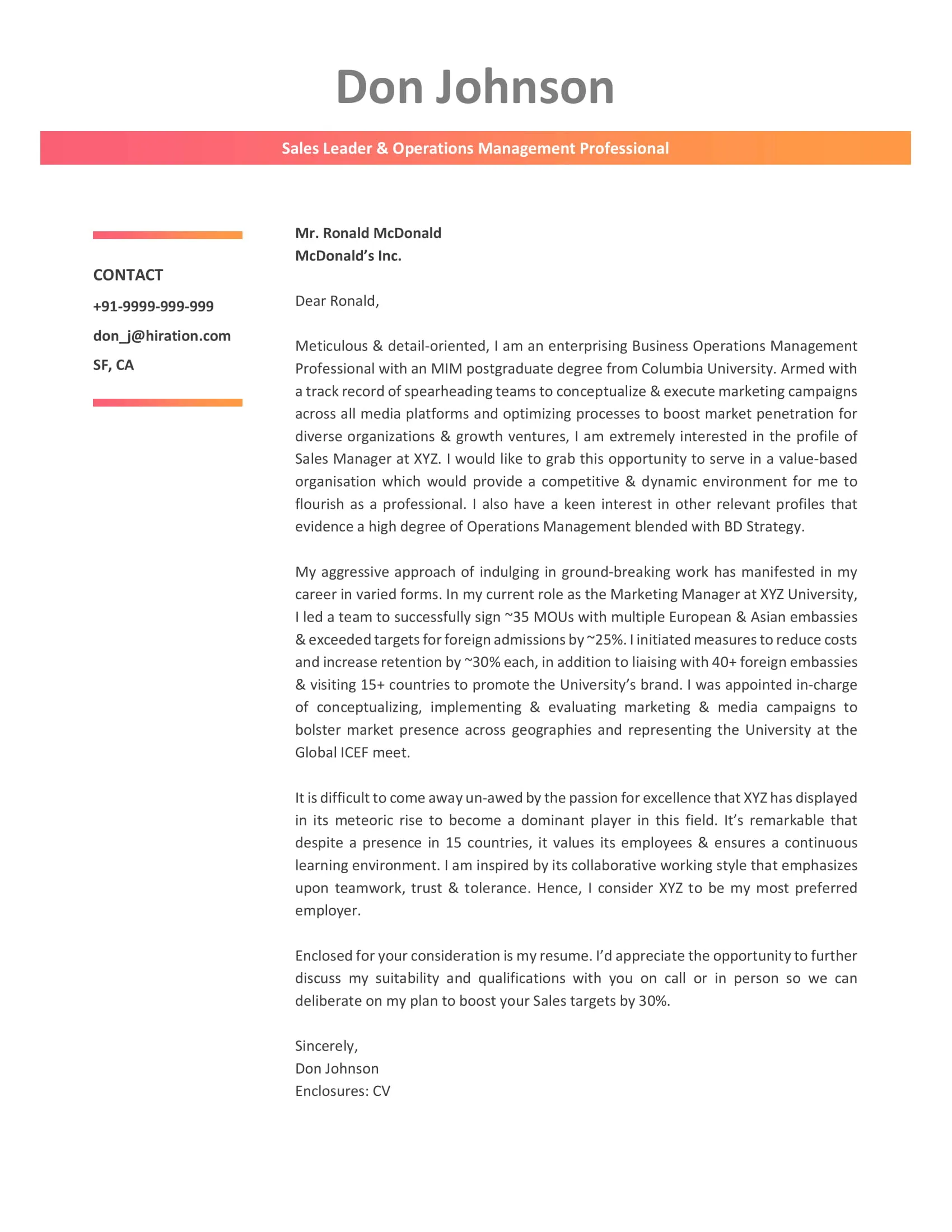
Writing a great cover letter is an investment in your job search. By following these secrets, you can significantly increase your chances of getting hired. Remember to tailor your letter, showcase your achievements, highlight relevant skills, perfect your tone, and always proofread. A well-crafted cover letter is a powerful tool that can set you apart from other candidates. Take the time to write a cover letter that truly represents you and your professional brand.
